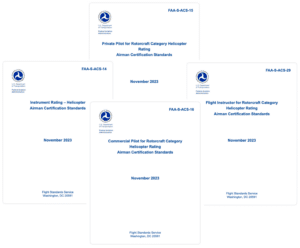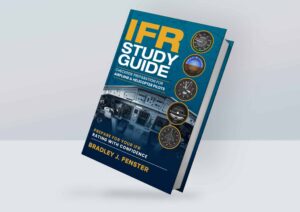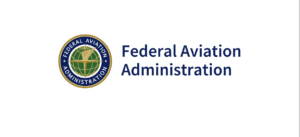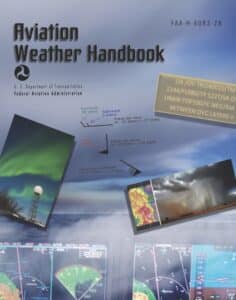New Logo For ETL Aviation
ETL Aviation gets a new logo for the flight school. ETL Aviation provides helicopter flight training in the Central Kentucky area. The new logo tries to incorporate an aviation theme with the rotating “swoosh”. For those new to helicopter, the ETL in the name stands for Effective Translational Lift. You can learn more about Effective Translational Lift or ETL on the Helicopter Study Guide website (written by the ELT Aviation owner).

Helicopter Airman Certification Standards (ACS)
Starting in May 2024, the new Helicopter Airman Certification Standards or ACS will replace the PTS or Practical Test Standards for evaluating pilots during practical tests.

ETL Aviation wins Distiguished Flight School award
For the second year in a row, ETL Aviation received the Distinguished Flight School award from the Aircraft Owners and Pilots Association (AOPA). AOPA is

IFR Study Guide
The IFR Study Guide is a primary resource for airplane and helicopter pilots to prepare for their instrument checkride. The IFR Study Guide was written by ETL Aviation’s Chief Instructor, Brad Fenster.

ETL Aviation Receives Distinguished Flight School Award from AOPA
ETL Aviation received the Distinguished Flight School aware from the Aircraft Owners and Pilots Association (AOPA). AOPA is the world’s largest aviation association and conducted a Flight Training Experience Survey of over 600 flight schools.

FAA Legal Interpretation on Instrument training for Commercial Helicopter Rating
FAA issues legal interpretation that clarifies that instrument training for commercial rating must be completed in a helicopter or helicopter simulator.
This legal interpretation clarifies that if the training occurs in a helicopter, or with a device or simulator that replicates a helicopter, that training may count towards the five hours of instrument aeronautical experience required under 14 CFR 61.129(c)(3)(i). However, instrument training performed outside of a helicopter and without a flight simulator, flight training device, or aviation training device that replicates a helicopter cannot count towards the five hours of instrument aeronautical experience that is required under 14 CFR 61.129(c)(3)(i).

FAA Publishes Aviation Weather Handbook FAA-H-8083-28
In December 2022, the FAA publishes Aviation Weather Handbook FAA-H-8083-28. This handbook replaces several weather-related advisory circulars. The following advisory circulars are being replaced and will eventually be cancelled. This handbook conforms to pilot weather training and certification concepts established by the FAA. The discussion and explanations reflect the most commonly used weather products and information.

